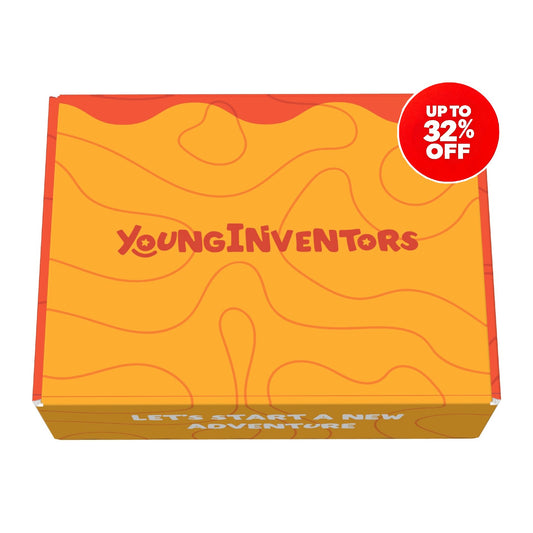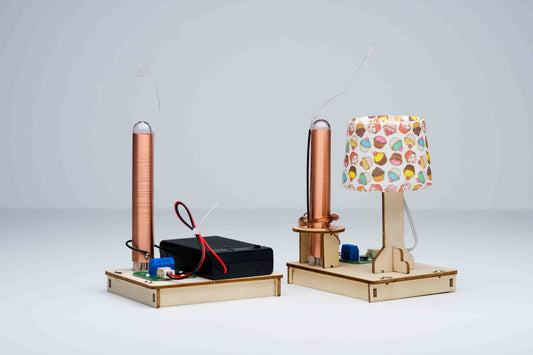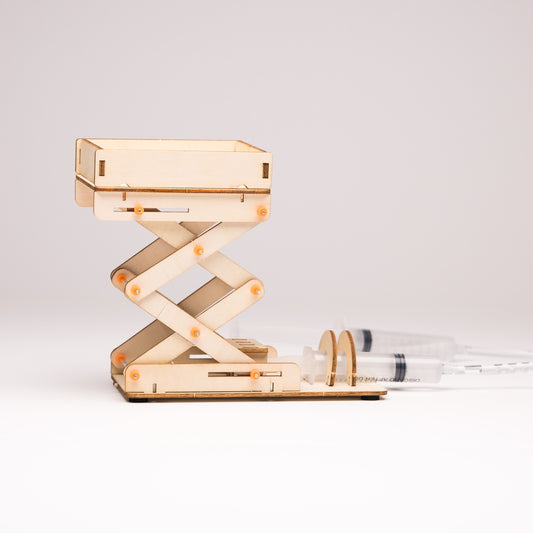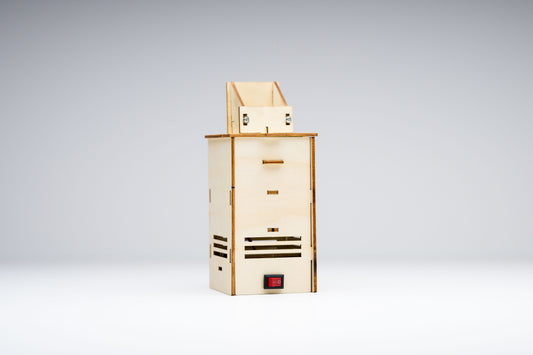Exploring the depths of the ocean has always been a fascinating adventure, not just for scientists but also for young, curious minds. Oceanography, the study of the ocean and its complex ecosystems, offers a wealth of learning opportunities for children. At YoungInventors, we're passionate about making learning both fun and educational. In this blog post, we'll share some engaging marine science activities that children aged 8 to 14 can easily do at home. These activities are designed to spark curiosity and foster a deeper understanding of our planet's incredible oceans.
Activity 1: Create Your Own Ocean in a Bottle Keywords: Oceanography for Kids, Educational Activities
Nothing beats the excitement of creating your own mini-ocean! This simple experiment requires just a few household items: a clear plastic bottle, water, blue food coloring, cooking oil, and some small ocean-themed toys or shells.
- Fill the bottle halfway with water and add a few drops of blue food coloring.
- Place your ocean-themed toys or shells in the bottle.
- Fill the rest of the bottle with cooking oil and seal it tightly.
- Shake the bottle to see your mini-ocean come to life!
This activity teaches kids about water density and the concept of immiscible liquids, as oil and water do not mix. It's a great way to introduce basic principles of oceanography in a visually appealing way.
Activity 2: Saltwater Density Experiment Keywords: Marine Science, YoungInventors
Understanding the density of saltwater is crucial in marine science. For this experiment, you'll need a clear glass, water, salt, an egg, and a spoon.
- Fill the glass with plain water and gently place an egg in it. Observe what happens.
- Remove the egg, then dissolve as much salt as you can into the water.
- Gently place the egg back in the saltwater solution.
Children will observe that the egg, which initially sank, now floats! This experiment is a fantastic way to discuss the buoyancy and density differences between fresh and saltwater, and how these factors affect marine life.
Activity 3: DIY Ocean Ecosystem Keywords: Oceanography for Kids, Educational Activities
Create a mini-ecosystem to learn about the different layers of the ocean and the creatures that inhabit them. You'll need a large clear container, sand, rocks, seaweed (or green paper to simulate seaweed), and toy marine animals.
- Layer the bottom of the container with sand and rocks to create the seabed.
- Add seaweed to represent the kelp forests.
- Place toy marine animals in the different layers, discussing where each creature is most likely to be found in the ocean and why.
This activity helps children understand the complexity of ocean ecosystems and the importance of each layer and creature within it.
Conclusion: Oceanography offers endless opportunities for learning and discovery. Through these fun and educational activities, kids can gain a better understanding of marine science and the importance of preserving our oceans. At YoungInventors, we believe in nurturing young minds through hands-on experiments and DIY activities.





